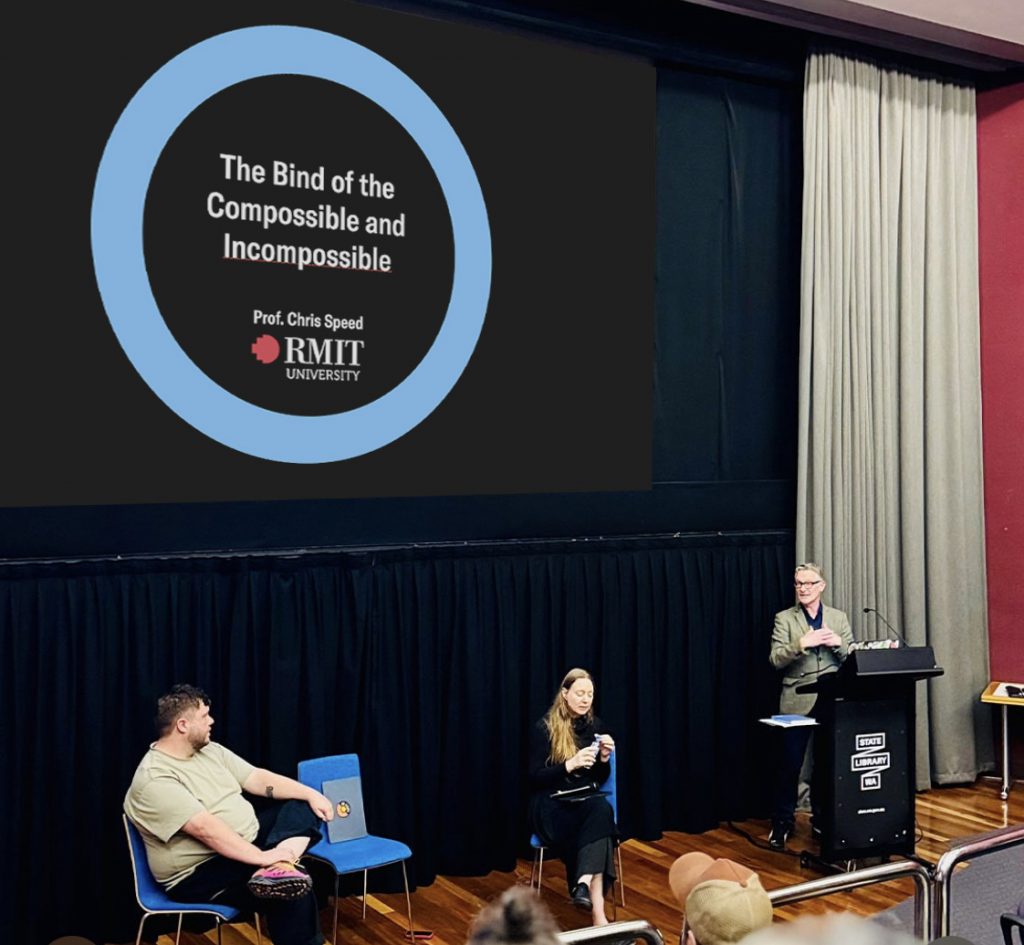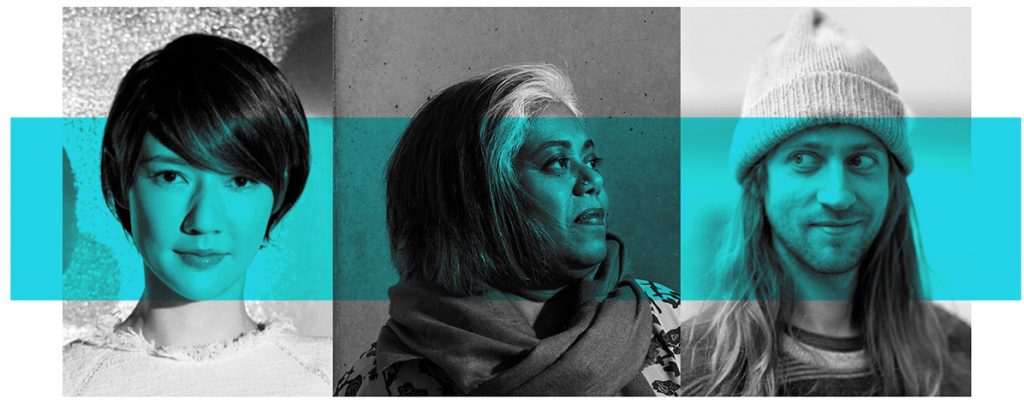The Madness of Old Town

’Your shoe,’ I repeated. ‘Perhaps you’d put it on.’ He continued to look downwards, though not at the shoe, with an intense but misplaced concentration. Finally his gaze settled on his foot: ‘That is my shoe, yes?’ Did I mis-hear? Did he mis-see? ‘My eyes,’ he explained, and put a hand on his foot. ‘This is my shoe, no?’ ‘No, it is not. That is your foot. There is your shoe.’ ‘Ah! I thought that was my foot.’ Was he joking? Was he mad? Was he blind? If this was one of his ‘strange mistakes’, it was the strangest mistake I had ever come across.
Oliver Sacks – The Man who Mistook his Wife for a Hat (Sacks, 1985, p.9)
Dr Oliver Sacks’ patient, Dr P, a well-known and respected musician, has started to make ‘strange mistakes’, inexplicable it would seem, as he is mostly ‘normal’ in all other aspects, but nonetheless odd enough for Dr Sacks, the psychologist, to spend an afternoon examining his mental behaviour. Dr Sacks concludes that Dr P “… had no body-image, he had body-music: this is why he could move and act as fluently as he did, but came to a total confused stop if the ‘inner music’ stopped” (Sacks, 1985, p.17). Dr P appears to have lost (due to a large tumour in his brain we are later to find out) the world of representation but has maintained that of music or movement (Sacks, 1985). One could quite casually agree with Dr Sacks initial reaction, that Dr P is mad, but one is still left wondering over his ability (or disability) to see the world in a new light. What if one could position oneself within his world, within the realm of the mad, what new light would one see?
The concept of madness within human civilisation has always fascinated, and has throughout the ages, as illustrated by Foucault in ‘Madness and Civilization’ (1965), given rise to an almost romantic idea of what it is to be mad. Foucault’s account of the history of madness demonstrates a near necessity in the post-renaissance period, referred to as the classical age, to confine the mad. Madness was the epithet given to nearly everyone not complying with the reason of the time; madness was unreason. “Madhouses” were built to confine the poor, the odd, the strange, the insane, and to reinforce the epistemological ethics of the time the mad were put on display, and one was taught to know better than to go mad, to not be unreasonable; reason justified itself as the polar opposite to unreason (Foucault, 1965).
It is generally accepted that the human being is mind and matter, body and soul, body and ‘image’. The ‘image’, or the inner world of representation that develops in early childhood, is the basis for the splitting of the mind into the conscious and the unconscious (Piaget, 1972). Historically one would refer to the madman as one finding it hard to differentiate the passions of the unconscious from the societal norms commonly accepted by the conscious (one could comically note that the madman is simply living the dream) (Foucault, 1965). However, after this short introduction to the concept of madness, one might ask; what has this got to do with the city?
Cities in general, but historic cities in particular, are concerning themselves with its ‘image’, its representation, cities as physical bodies also have an ‘image’, a collective unconscious (Bollas, 2009; Pile, 1996). History is representation (Kearney, 2002) and many historic cities are presenting themselves through its past. Once again authorities confine the passions of the unconscious, reason displays the madness of history through romantic representation; historicism becomes the societal norm.
Such a statement could comfortably lead to a critique of contemporary conservation theory, but would it not be more poetic to argue that one should let the ‘image’ of the city rest for a day? Let the ‘music’ of the collective unconscious sing for a moment, let us take a foot for a shoe or mistake our wife for a hat, let the Madness of Old Town express itself in full passion. What new light would we see then, what reality would we experience?
by Klas Hyllen
MPhil in Architecture candidate, Edinburgh College of Art
References
- Bollas, C., 2009. The Evocative Object World. London: Routledge.
- Foucault, M., 1965. Madness and Civilization. London: Routledge Classics.
- Kearney, R., 2002. On Stories. London: Routledge.
- Piaget, J., 1972. Psychology and Epistemology – Towards a Theory of Knowledge. Harmondsworth: Penguin Books Ltd
- Pile, S., 1996. The Body and the City. London: Routledge.
- Sacks, O., 1986. The Man who Mistook his Wife for a Hat. London: Pan Books Ltd.
Related posts

“This communication is not for you.”
Looking to connect 2 recent events / conversations (as is my want) this time to explore a fundamenta

Design Frequencies: Sharing International Practice in Design Research
Already deep into semester two here. Last semester School of Design RMIT College of Design and Socia

The Labour of the Rejected / “Walk the Plank”
Still playing catchup with so many events. A few weeks ago during hashtag#DIS2025, Mafalda Gamboa an

Design Contradictions
Two projects during Melbourne Design Week with collaborators Michael Dunbar and Liam Fennessy to exp

Paradox of Collaborative Speed
Two events in Melbourne over the past 10 days week revealed a tension across contemporary technology

Slow Materials, Slow Money: Can Design Decelerate?
Two events that I’m trying to tie together to glean some connections. The CHI panel on Regenerativ

From Food Networks to AI Governance
Back to reporting on events in Narme/Melbourne. From Food Networks to AI Governance: Reflections on

Planetary Pedagogies
Following the launch of PlanetaryCivics two weeks ago, this is the second extension to contributions

Space Debris to House Keys
Part 2 of catching up with the weeks of activity in Melbourne through February. From Space Debris to

Measuring our demise
Oh Melbourne, three parallel events that spanned the week: RMIT College of Design and Social Context